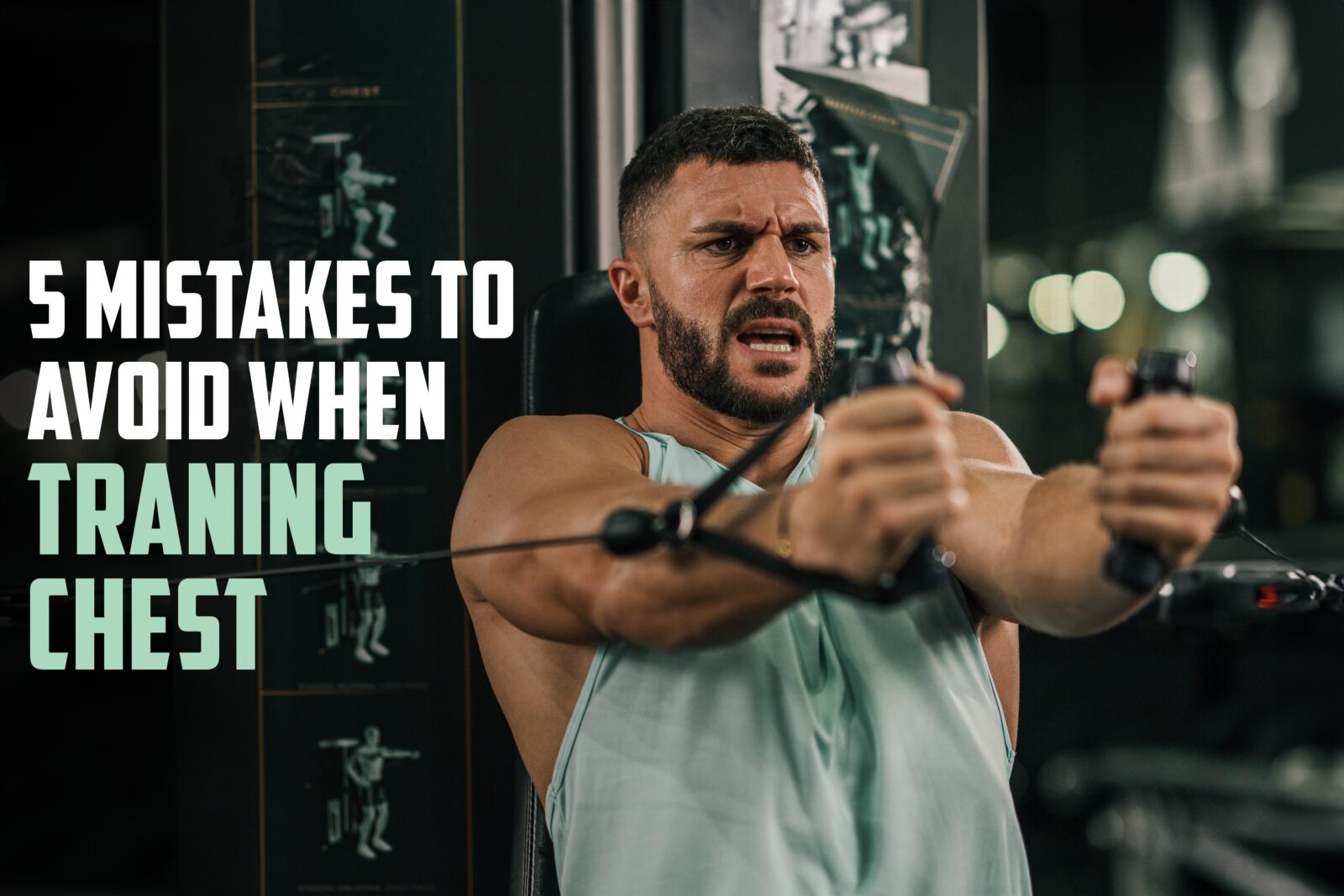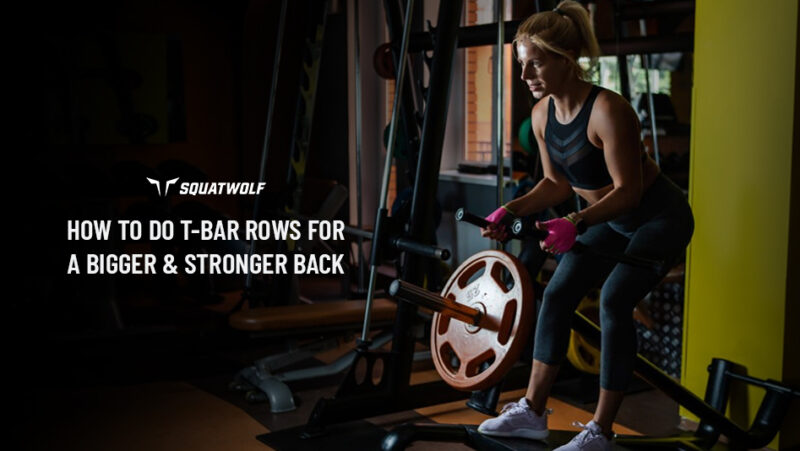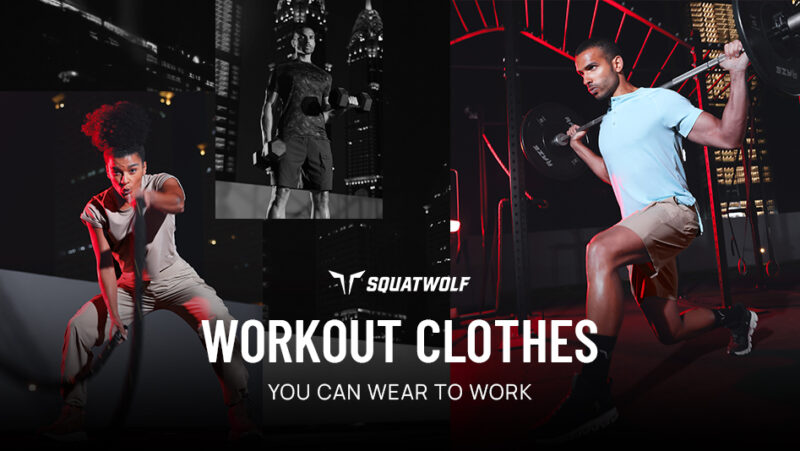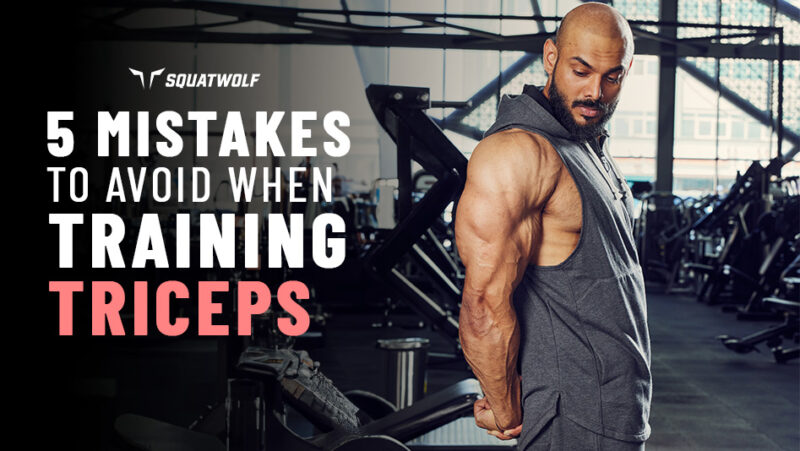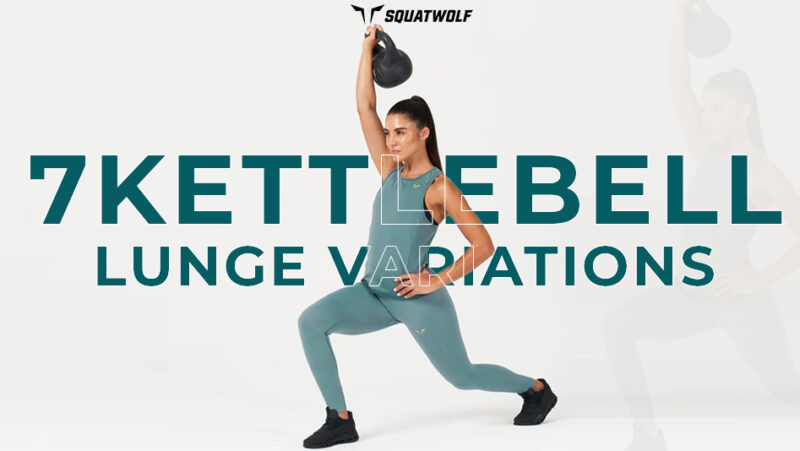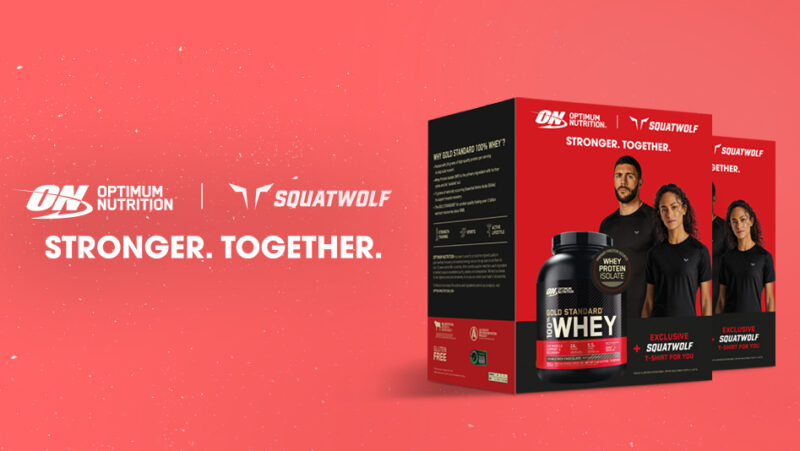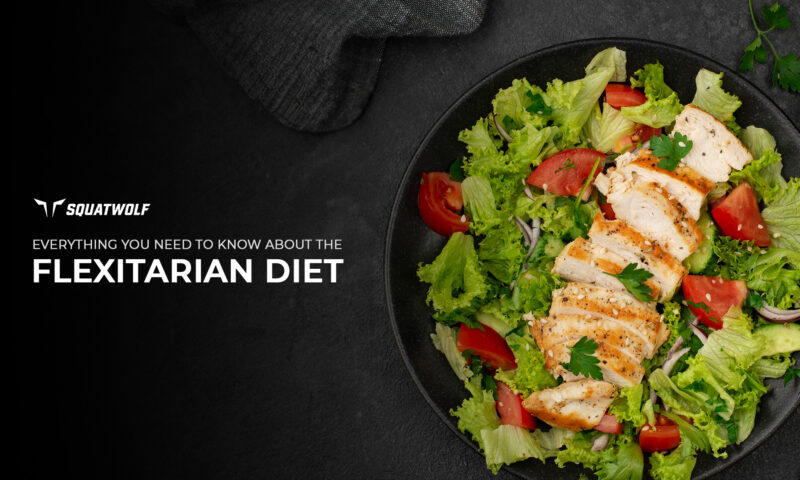5 Chest Workout Mistakes That Are Deadly to Your Gains
Here are the most basic chest workout mistakes to avoid when training for the best gains:
- Not Warming Up Properly: Without proper warm up, your chest muscles will be cold and inactive.
- Protracting Your Scapula: If you don’t retract your scapula, your pecs won’t be fully engaged.
- Not Incorporating Stability Workouts in Your Routine: Without this, your pec muscles won’t have a balanced growth.
- Not Adding Intensity: Your growth will be stagnant if you don’t add intensity increase technique to your workouts.
- Lifting Too Heavy (Ego-Lifting): By lifting heavy and compromising form, you won’t be engaging your chest muscles.
Not Warming Up | Protracting Your Scapula | Not Incorporating Stability | Not Adding Intensity Increases | Lifting Too Heavy | Key Takeaways | FAQs
You’re not the only one spending hours at the gym and not seeing any results. We’ve all been there. Even that big buffed guy you admire (and low-key envy)!
You’re probably confused why this is happening to you. While there may be several factors impacting your gains, not properly training your chest could be one of the primary reasons!
Learn about the 5 common chest training mistakes to avoid so you can build the pecs you dream of!
Build a bigger chest to look like a Marvel hero!
Not Warming Up Properly
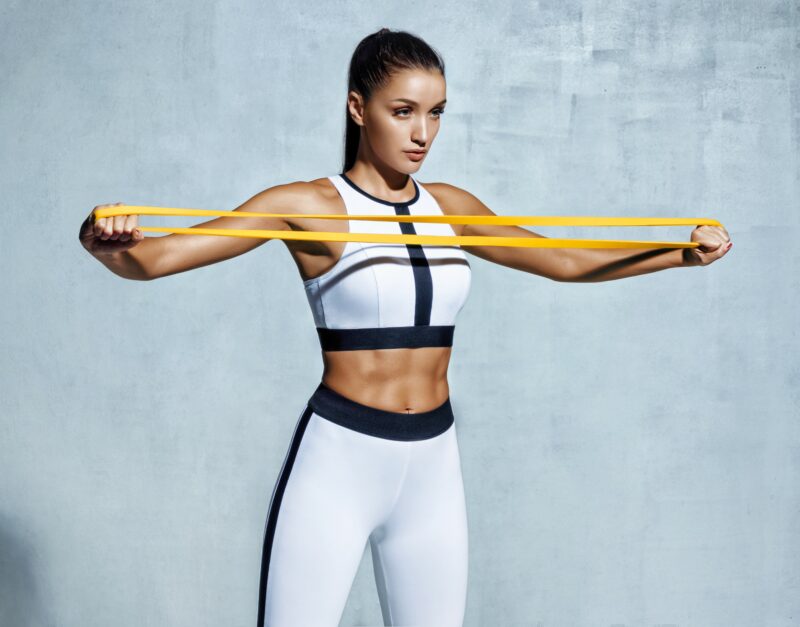
Surprised? You shouldn’t be! This is as basic as can be. Not warming up your muscles properly before hitting chest is not just detrimental to your gains, but also to your health.
If you’re a complete newbie, your goal might be to lift as heavy as you can. Or, if you’re a bodybuilder, you might not focus on stretching pre-workout because you’re all about hypertrophy.
This is a cardinal sin in the gym environment. Without stretching and warming up your chest before workout, you’re putting yourself at a risk to get injured. This is because without warm up, your muscle is at-rest and cold. It is not flexible, which means your range of motion will be limited. If you list weights straight away, you’ll be at a risk of spraining, training or even tearing your chest muscles.
Without a proper warmup, your gains will be compromised as well. This is because:
- Warm up improves the blood flow in your body, preparing them for performance
- With proper warm up, you’ll also activate your sleeping chest muscles, allowing you to engage your muscles effectively during workout
Warm up your body pre-workout with this beginner-friendly HIIT workout routine.
Protracting Your Scapula
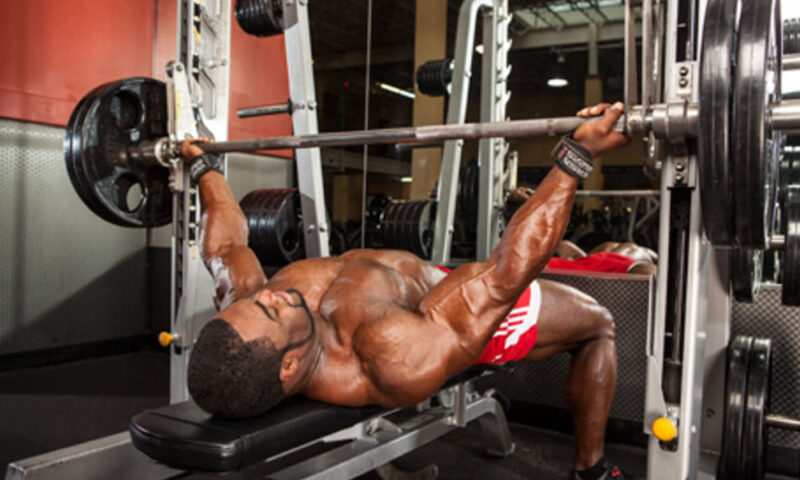
Repping your PRS on the bench press and feeling it in your shoulders or delts than rather than your pecs? If so, then there’s a paramount error in your form i.e., protracting your scapula.
Imagine this – you’re on the bench and your shoulders are slightly elevated. Each time to lift the barbell to bench press, you feel the burn in your shoulders and arms. This is precisely protracting your scapula.
Because of this, you’re lifting the load off your chest and pushing the weights with your secondary muscles.
To maximize the load you feel in your chest, you need to simply retract your shoulders as if you’re pinching a pencil between them. Retract your shoulders, and ground your shoulder blades into the bench as you lift. This will engage your pecs and allow you to feel the tension in the right place!
Learn how to do an incline dumbbell press correctly.
Not Incorporating Stability Workouts in Your Routine
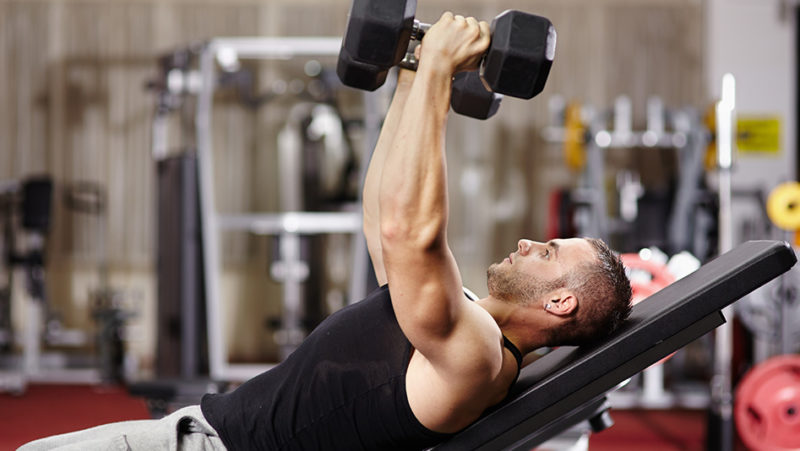
another major mistake you can make during your chest workouts is not incorporating exercises that promote stability and balance. Think of this – how often do you step into the gym to see all the bros benching the bar? All the time, right?
While bench press is great if your goal is to build mass for hypertrophy, it is important to remember that it doesn’t promote a balanced muscular growth in your chest. In addition, many people, especially the newbies, might struggle to feel the tension in your pecs with benches.
This is why, it is important to incorporate stability workouts such as dumbbell chest presses in your routine. This is because:
- Dumbbell presses allow maximum range of motion, helping you build balanced pecs
- Because of their isolated movements, both your pecs are equally and fully activated during the lifts
- You’re also safer as the dumbbell presses promote a natural movement, lowering the risk of injuries
Learn the difference between dumbbell vs. bench press in detail.
Not Adding Intensity Increases
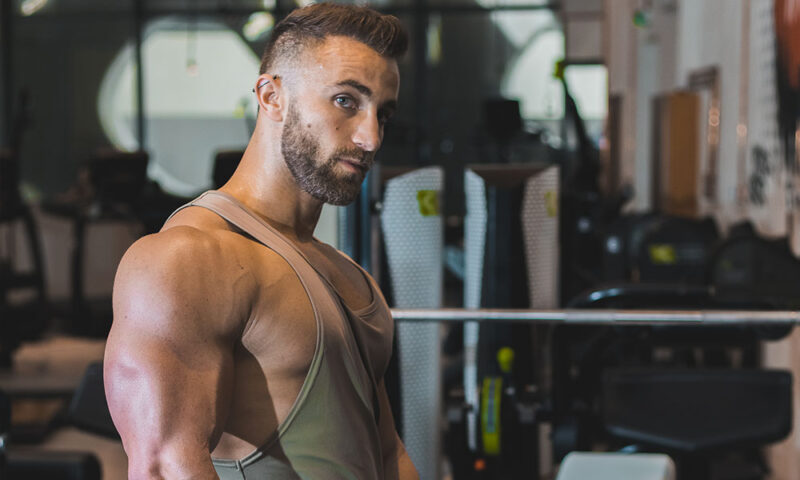
Typically, if you’re hitting chest days, you’re going by the same old 8-12 reps per set, 3 times rule, right? Sure, you might have amped up the weights to increase a little bit of resistance but that’s it.
Did you know there’s another level you could push your workouts to? It’s called ‘Intensity Increases’.
Intensity increases makes each set so robust that your muscles feel smacked down. They’re demanding, taxing and even shocking to your muscle – and this stimulates muscular growth to another level.
You can incorporate intensity increases into your workouts through drop sets. For example, once you complete 10 reps of cable crossovers with 66lbs. (30kgs), you lower the weight to 44lbs. (20kgs) and do 15 more reps, and then lower the weight to 22lbs (10kgs) and hit as many reps as possible.
Alternately, you can also do half or quarter reps till failure after completing your last set. Or, you can add pauses or holds on every eccentric and contraction to maintain as much tension in your muscles as possible.
By adding intensity increases to your chest routine, you’ll be able to:
- Improve your muscle size as well as strength, making this great for hypertrophy and bodybuilding both
- Enhance not only your muscular but also your cardiovascular health. As your muscles are constantly pushed into working harder, the oxygen flow in your body will improve as well
- Boost your weight loss and fat loss journey as high-intensity training works your metabolism and pushes it to function better, burning calories even at rest
Incorporate the 8 best lower chest exercises for bigger and bolder pecs in your chest routine.
Lifting Too Heavy (Ego-Lifting)

Ego lifting – the feeling that you’re progressing and growing because you’re lifting more than you could’ve imagined. Only to realize… you’re not really lifting.
While you are constantly encouraged to progressively overload the weights and increase your resistance, ego lifting is a big no-go. This is because due to ego lifting, you’re lifting weights that aren’t just a challenge. Rather, you’re lifting weights that you’re essentially unable to lift.
This compromises your form as you need to use momentum or secondary muscles in order to push yourself harder. With secondary muscles being put to use, the load on your primacy muscles i.e. your pecs gets taken off, which decreases pectoral engagement. This means, you don’t really gain any gains.
Additionally, lifting heavy also leads to:
- A greater risk of injury, especially if you’re lifting without any spotter giving you support
- Muscle tears as well as slower muscle growth due to improper or poor pec activation
- Excessive fatigue and slower post-workout recovery, reducing your muscular endurance. This reduces the reps and sets you can hit in every workout.
- A false sense of progress because psychologically, the more you lift, the more you feel like you’re progressing whether or not your muscles are growing. This makes you more heavy-lifting-focused rather than fitness-focused.
Hit those upper chest muscles for full and well-rounded pecs.
Key Takeaways
Overlooking these chest day mistakes is crucial for your upper chest gains. Mix and match your compound and isolated exercises, and avoid ego-lifting habits for a smarter approach. By avoiding poor techniques, you’ll be able to focus on what truly matters: form, balance, and intensity. Paired with the right nutrition, you’ll see tremendous growth in your chest muscles!
FAQs
If you workout your chest too much, you’re putting yourself at the risk of an injury. While training and nutrition is important to grow your muscles, you also need to remember that rest is just as important. The more you allow your muscles to rest after training, the more they’ll recover and grow.
Overtraining leads to injuries and fatigue, which can have the reverse impact on your muscles and make your chest weak. Moreover, if you focus on one muscle group only and overtrain your chest while ignoring the other muscles, your upper body will look imbalanced. So, your chest might look a lot bigger with your back and arms may not look as sculpted.
The recommended frequency of training your chest is 3-6 times per week. Allowing your chest muscles to rest and recover for 24-48 hours will actually lead to better results than constantly training your chest every day.
In addition, if you do train chest more than once a week, then you should pair it with other muscle groups such as training your triceps and shoulders. This will allow you to have a balanced muscle growth, giving you that overall chiseled physique,
There are no ‘bad’ exercises for your chest. However, some of the worst chest exercises to do may be due to their proneness to injury or because beginners might not be able to execute proper form on these exercises. In addition, if any exercise does not contribute to your fitness goals, it won’t be good for you. These include smith machine bench presses as they have limited range of motion. In addition, this includes behind-the-neck chest press and pec deck as they could cause injuries. Adding on, if you don’t do dips correctly, this simple exercise may lead to injuries as well. You also need to be careful with chest flyes and avoid lifting too heavy or you’re risking major damage.
Read More From SQUATWOLF

